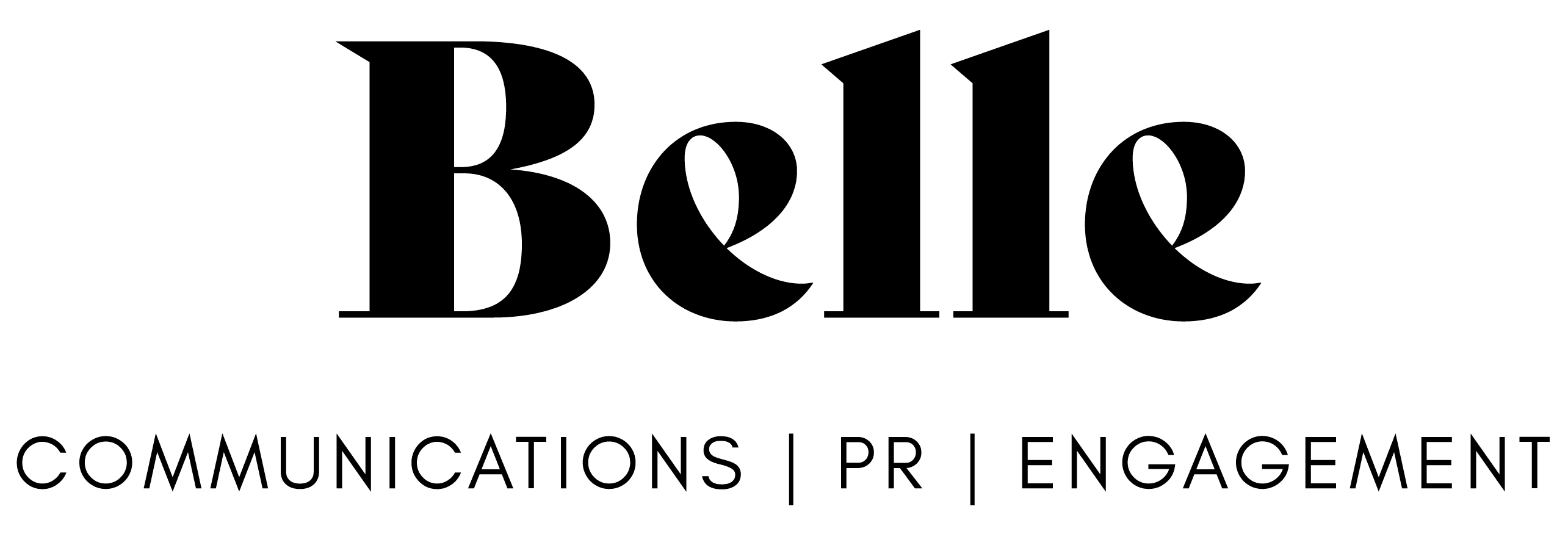Lessons from real-life failures
Effective communication is more than just exchanging information—it's how organisations and brands build trust and loyalty, maintain a positive reputation, and ensure operational success.
During my time as a public relations professional, I’ve seen numerous communication mishaps. Plans have gone askew, leading to full-blown crises that require effective management and recovery.
Crises are unexpected, disruptive to business, can involve loss of life or injury, and, depending on how they are handled, carry the risk of reputational damage. Every organisation’s definition of a crisis will be different, depending on the type and nature of its business. Regardless, effective communication, including being prepared to communicate, what you hear, say and do during and following the crisis, and how you manage and prevent risks for the future, could make or break your business.
In this blog, we've gathered examples of communication breakdowns during crises and analysed the factors that led to these failures. We also highlight the importance of addressing these issues within a communications risk management framework to better handle future crises.
Case studies of communication failures
1. BP Deepwater Horizon Oil Spill (2010)
When the Deepwater Horizon oil rig exploded, causing a massive environmental disaster, BP's initial response was heavily criticised. CEO Tony Hayward’s infamous remark, “I’d like my life back,” was seen as insensitive and out of touch with the gravity of the situation. BP's communication strategy failed on several fronts:
Tone-deaf messaging: The CEO’s comment showed a lack of empathy for the affected communities and wildlife, which damaged BP’s reputation.
Delayed response: BP was slow to acknowledge the scale of the disaster and its responsibility, leading to public outrage and loss of trust.
Lack of visibility: Despite issuing a public apology, the CEO was notably absent from the incident site. This lack of physical presence was perceived negatively by the public and stakeholders, who expected the CEO to be actively involved in managing the crisis on the ground. The absence underscored a disconnect between the company's leadership and the affected communities, further damaging BP's reputation and credibility during the crisis.
Analysis: BP’s communication failure stemmed from a lack of empathy and urgency and a disconnect between BP's leadership and communities. An effective communications risk management framework would have anticipated the need for a prompt, empathetic, and transparent response, and stronger visibility to back up statements made.
2. United Airlines Passenger Incident (2017)
United Airlines faced a major PR crisis when a passenger was forcibly removed from an overbooked flight. Passengers were so outraged the video was quickly shared and uploaded across multiple social media channels causing outrage (watch below).
CEO Oscar Munoz's initial response described the incident as “re-accommodating” passengers, which was seen as downplaying the severity of the situation.
Minimising the incident: The language used failed to acknowledge the violence and distress caused to the passenger.
Reactive rather than proactive: United Airlines waited until public outrage had reached a peak before issuing a more sincere apology.
Analysis: United Airlines’ communication missteps included a poor choice of words and a reactive approach. A robust communications risk management framework would emphasise the importance of swift, genuine apologies and proactive engagement.
3. Pepsi’s Kendall Jenner Ad (2017)
Pepsi's advertisement featuring Kendall Jenner attempting to diffuse a protest with a can of Pepsi was widely criticised for trivialising social justice movements, in particular, the Black Lives Matter movement. The backlash was swift and intense, highlighting the brand's disconnect from the issues it attempted to address.
Lack of cultural sensitivity: The ad failed to consider the protests' complex emotions and significance, leading to accusations of insensitivity.
Misreading the audience: Pepsi misjudged its audience’s likely response, resulting in a significant backlash.
Analysis: Pepsi’s failure was rooted in a lack of cultural awareness and audience understanding. Integrating thorough audience analysis and cultural sensitivity into a communications risk.
Here's the full ad if you've never had seen it before.
The importance of unpacking communication issues and breakdowns
The key take-home message is to understand what’s happened, how the issue can be resolved, and how to move forward.
If we draw from the examples above, key themes include:
Lack of understanding of the audience (stakeholders)
Lack of empathy
Reactive, not proactive communication
Delayed communication/responses
Poor choice of words
Poor choice of spokespeople
Cultural insensitivity (and yes, this does apply in the bridge scenario, as the Council is dealing with home and land owners that believe their livelihoods and social/cultural wellbeing are at stake
Lack of effective relationships from the outset
Although it can be brutal, taking a good hard look at the situation and understanding these pitfalls is crucial for several reasons:
Transparent and empathetic communication builds and maintains trust with customers and stakeholders.
A proactive approach to communication can safeguard an organisation or brand’s reputation during a crisis.
Clear communication helps ensure compliance with regulatory requirements and avoids legal ramifications.
Effective communication strategies are essential for managing crises swiftly and efficiently.
Wrapping it up
Communication is a powerful tool that can either fortify or undermine an organisation’s standing. By learning from past failures, organisations can navigate crises more effectively and maintain strong, positive relationships with their stakeholders.
In different circumstances, varying responses are needed for different audiences, involving different messages and communication methods. When preparing teams for crisis management, we generally consider five stages:
Planning
Initial response
Maintenance
Resolution
Evaluation
As a public relations agency, our goal is to help organisations communicate effectively and connect authentically and empathetically with their audiences. We ensure that when risks arise, they are managed with the utmost care and foresight.


